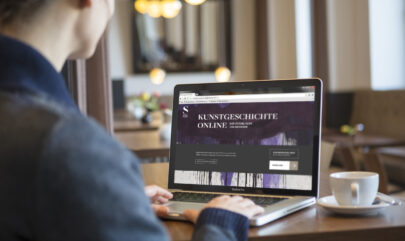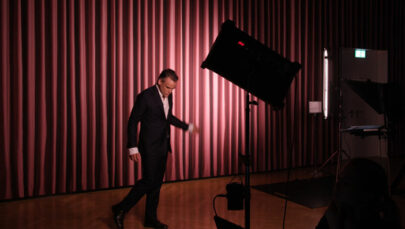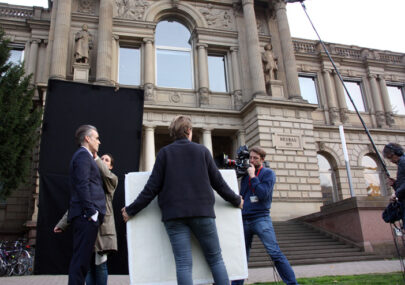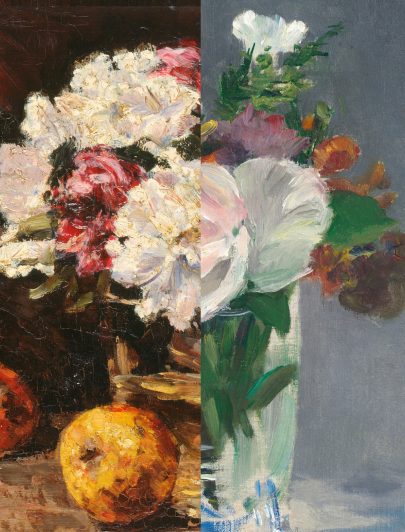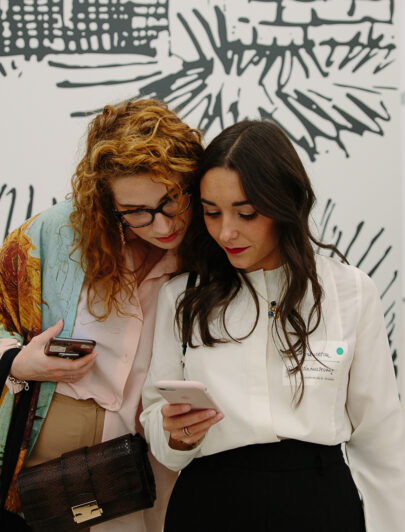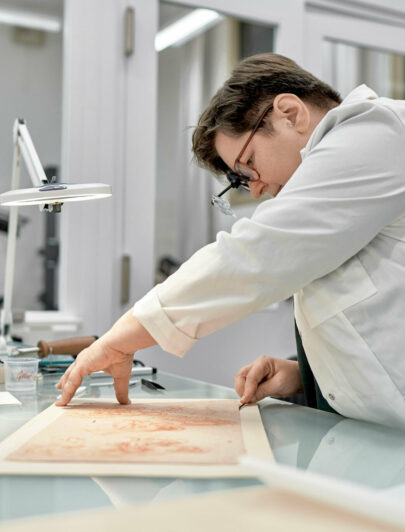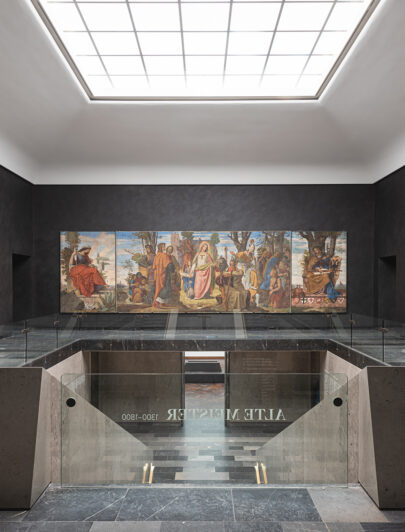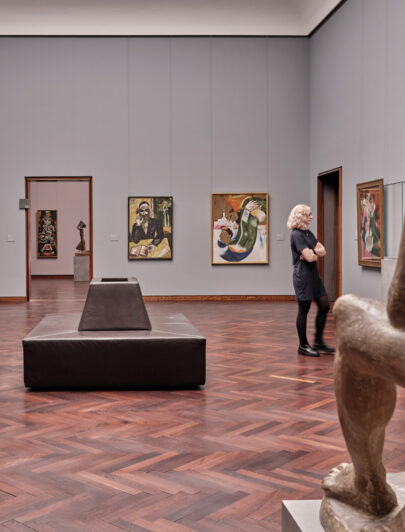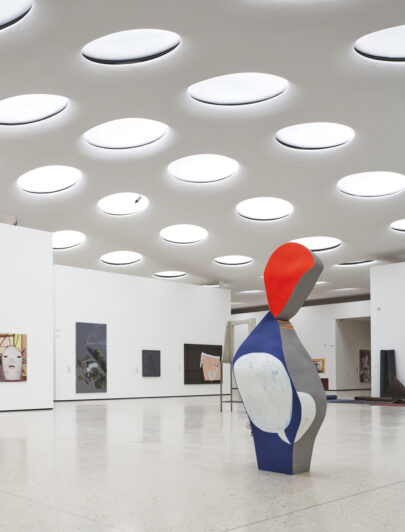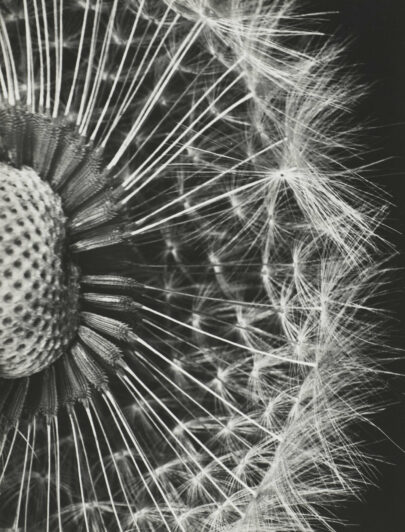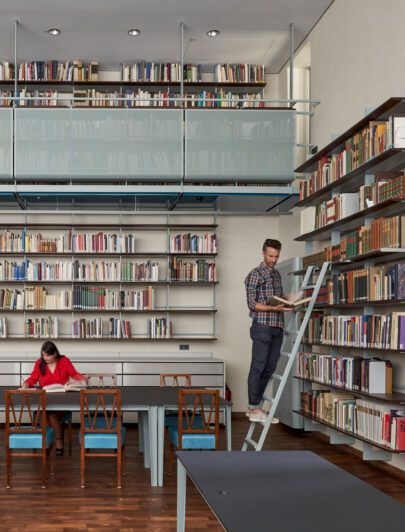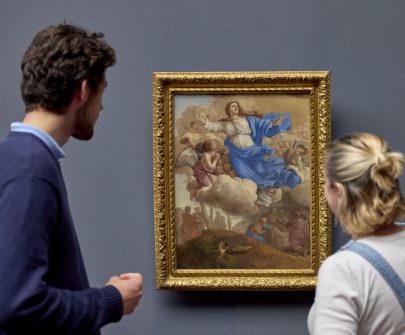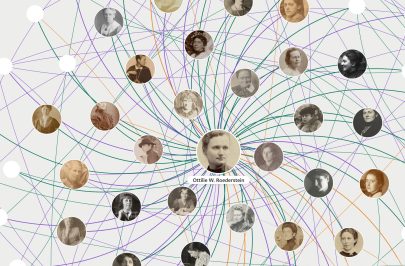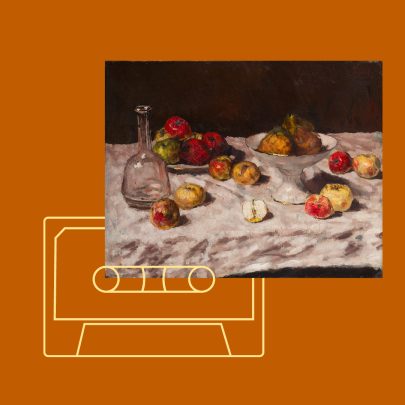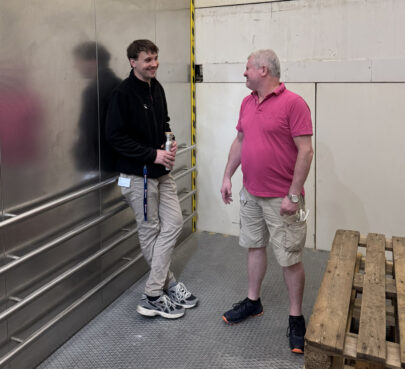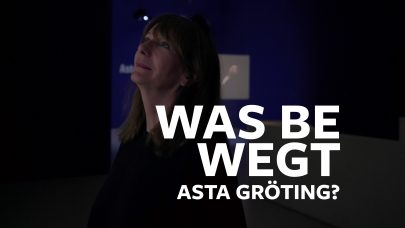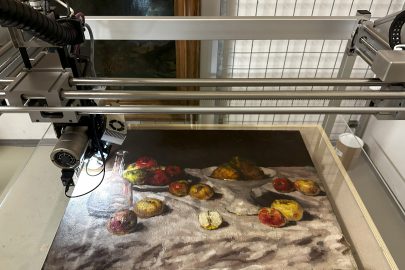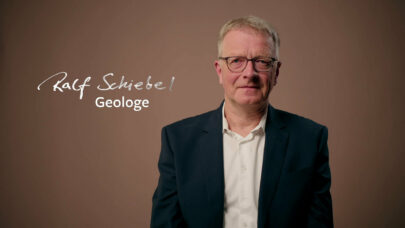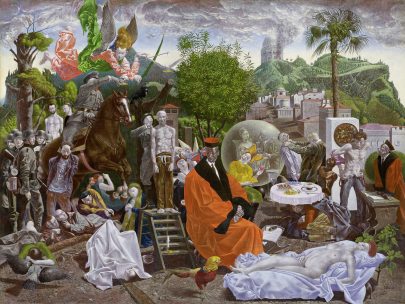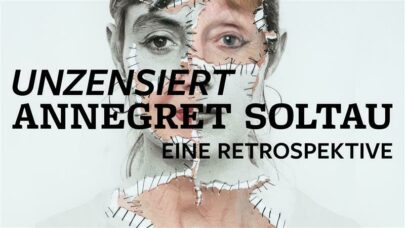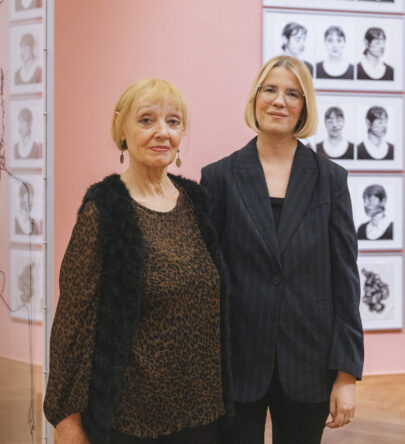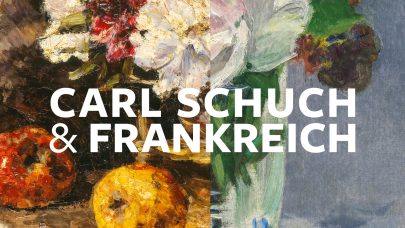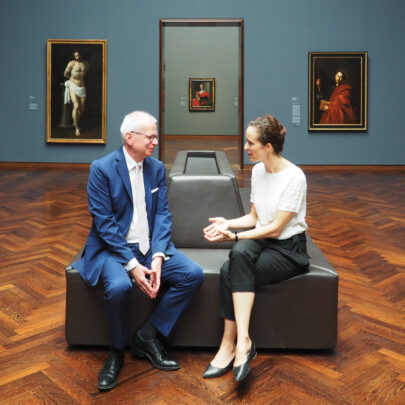Städel online course on modern art goes international
Just a few months after its debut, we decided to offer our innovative – and free – online course on modern art to an international public.
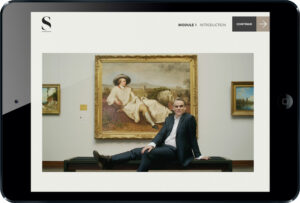
Your personal museum guide: German actor Sebastian Blomberg
Today, even bankers are expanding their consulting activities by offering online tutorials to increase their customers’ financial knowledge. Over the past years, e-learning has been spreading to nearly every domain of human life in the form of MOOCS, tutorials, and other modes of web-based learning. Cultural institutions such as museums have likewise begun to serve their publics with online courses on various topics ranging from art history and artistic techniques to matters of conservation and restoration. In view of today’s information and knowledge overload and the jungle of online offers, however, who really needs another online course on modern art? In fact, it seems that today the desire for understanding is increasing at the same rate as the amount of information we’re flooded with.
It’s fantastic – this way, I can also stay in contact from ‘across the pond’!
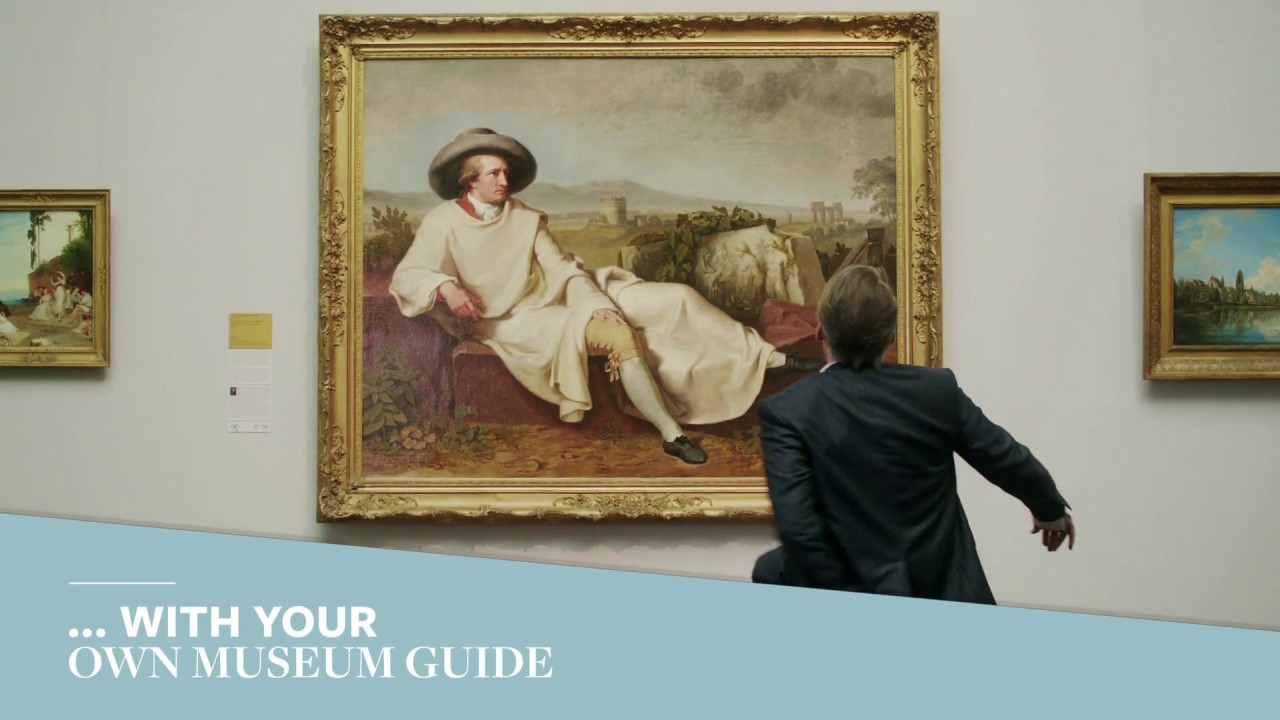
Culture strengthens identity
The more people are confronted with a transforming society in a global world, the more they seek valid, established, eternal values. A deep look at one’s cultural identity or heritage is a way of obtaining personal affirmation and self-assurance. And because modern art has always been associated with progress and change in modern society – also in a political sense – in its often unusual appearance it reflects the difficulties and fears human beings experience when they face innovation processes. In other words, on a certain level, the ability to understand modern art suggests the ability to understand modern life per se.
So maybe it is not surprising that already the German version of our online course on modern art received a lot of positive response. However, we have been astonished by the deep gratitude the majority of users have expressed for finally having a means of gaining a deeper understanding of modern art. Furthermore, we are very glad about the fact that, with our online course, we also reach people we otherwise hardly have contact with.
It gives me such infinite pleasure to learn more about art with this course. Thank you!
One woman even wrote us from Kiev:
With your online course, you’ve created a wonderful means for hobby art historians to immerse themselves in the material and broaden their education in a relaxed and at the same time extremely entertaining way. My heartfelt thanks!
A new standard in online education
Initially, the idea of developing an online course on modern art based on the Städel Museum collection evolved from two considerations: on the one hand, we had already been planning to produce a digital tool that would allow us to offer more art-historical content with a stronger focus on telling the stories behind our artworks. On the other hand, after we opened the extension of our museum with a new department of contemporary art, our visitors themselves expressed the wish for a kind of seminar on modern art.
In preparation for designing the course we naturally carried out some benchmark studies, but quite soon we discovered that we wanted to go in a different direction. We wanted to create something new, something that would go beyond everything we had seen so far. Most of the already existing courses merely consist of filmed guided tours and – in our view – do not exploit the recent technical developments for an innovative digital offer. The prevailing “talking heads” format is not really suitable for online teaching, an area where the biggest challenge is to keep the user interested over a long period of time.
The course is the best digital tool I’ve ever seen or experienced!
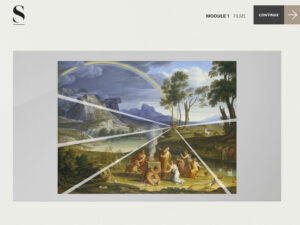
We therefore decided to put an emphasis on interactive tools, and we also took inspiration from gamification methods. What is more, we adopted a different strategy for our relationship to our public: unlike other courses, where you have to register officially, pay a fee, and attend the course for a limited period, our course is totally free and users can log in whenever they want to. They can also pause as long as they want at every level.
Another goal was to offer a theme-based course avoiding a linear narration of art history – and thus a mode far more suited to the postmodern view of history. We also decided to emphasize visual, example-based learning as a way of strengthening the users’ powers of perception.
A macrocosm in micro units
Nowadays, people want information but hardly have the time to study a subject in depth. This has led to the new trend known as microlearning, and our online course is a wonderful example: art history from 1750 to the very present in five modules, combined with an interactive timeline allowing users to browse through 250 artworks, 57 movements, 184 artists and 543 historical events – altogether 40 hours of content presented in small units, each taking no longer than five minutes.
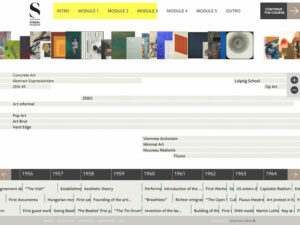
The course provides a diversified learning environment for guided self-study where participants find introductory and explanatory films on various major topics, detailed texts, and various hands-on learning formats. From the analysis of pictorial forms and motifs to the hidden contexts of artworks, from artistic approaches and styles or correspondences between artists and their work to the collection and presentation of art, the course offers a universe of knowledge to explore.
To transport this knowledge, we had wonderful support: the noted German actor Sebastian Blomberg guides the users through the course – also the English version – and the sound track was designed by the world-famous DJ and producer Boys Noize of Berlin.
A museum's digital outreach
Here at the Städel, we designed this complex and large-scale project in cooperation with the Art History Chair and the Centre for Digital Cultures at Leuphana University of Lüneburg. During the peak phase of the production, we had about 70 different people working on the course – art educators, authors, actors, film crews, our press department, web designers, computer specialists and many more. Such a vast project requires interdisciplinary thinking.
The new digital offer is designed for all those who wish to attain a knowledge of art history and iconography in an appealing manner and on their own schedule. By implementing innovative projects like the online course, we pursue the goal of making cultural knowledge accessible to the multifaceted groups of contemporary society. The main focus of our educational work in Frankfurt is to present the art museum as an active platform for visitors of diverse backgrounds and expectations. In this way, we extend our educational mandate beyond the museum's walls.
“Art History Online – The Städel Course on Modern Art” was sponsored by the Städelscher Museums-Verein, a society of friends of the museum established in 1899.
Mehr Stories
Newsletter
Wer ihn hat,
hat mehr vom Städel.
Aktuelle Ausstellungen, digitale Angebote und Veranstaltungen kompakt. Mit dem Städel E-Mail-Newsletter kommen die neuesten Informationen regelmäßig direkt zu Ihnen.
